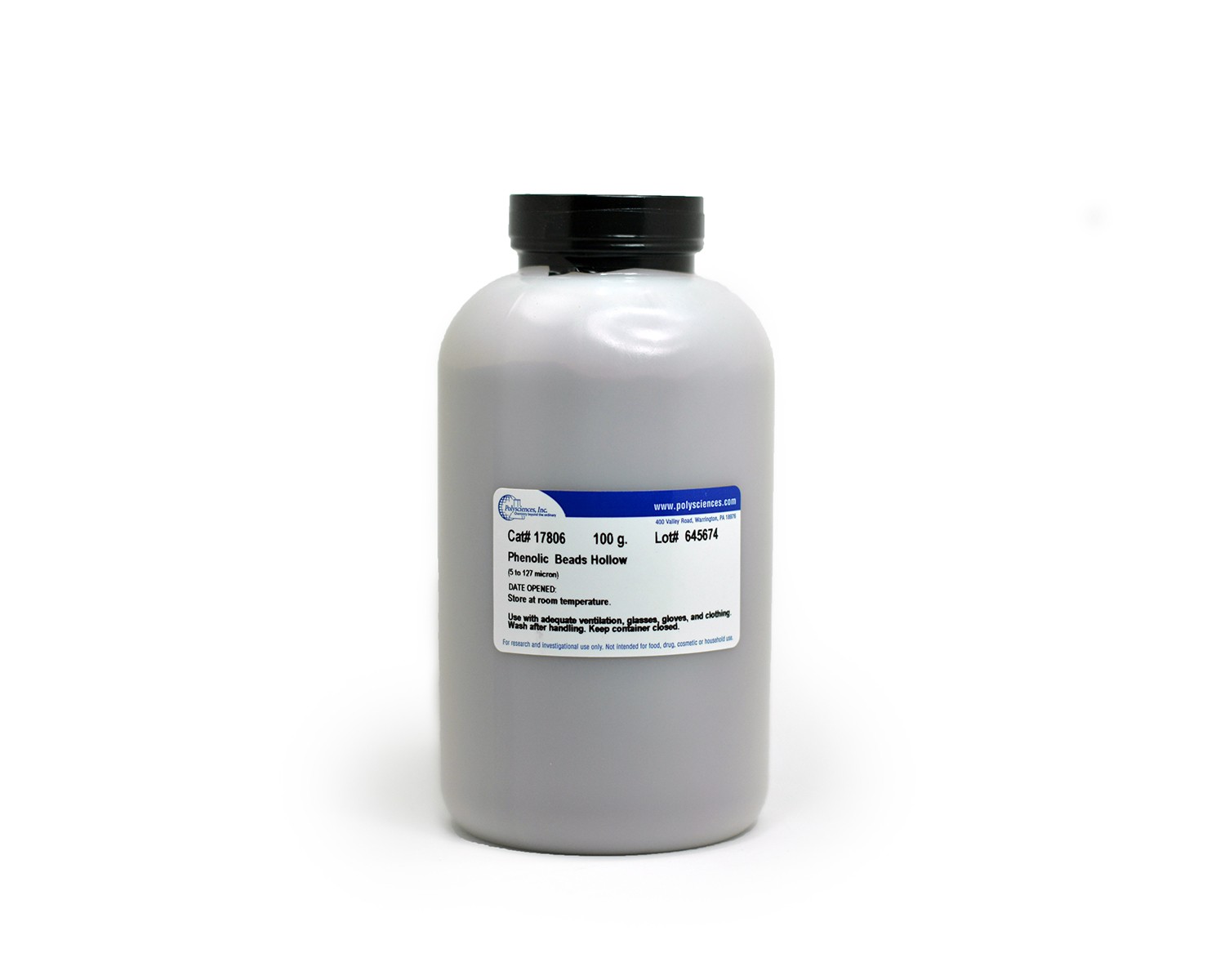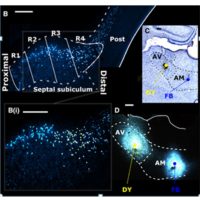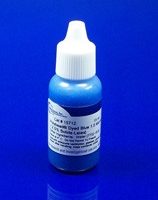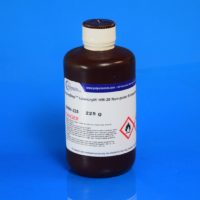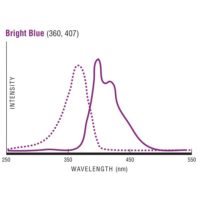Phenolic Beads, Hollow
£266.00 Price ex. VAT
Quantity: 100 g
In many uses of liquid resins, it is desirable to reduce the weight of the finished product. One way to reduce the weight below the original resin weight is to incorporate a suitable additive. Hollow phenolic microspheres are excellent for use in a variety of industrial applications. They are lightweight, chemically inert, and mechanically strong. They can be excellent adhesives, gap filling formulations, sandable putties, syntactic foams, and molded and laminated structures that must be lightweight and strong. About 30% by weight will make most resins unpourable. Filling casting are quite machinable; turns casting brown.
Description
In many uses of liquid resins, it is desirable to reduce the weight of the finished product. One way to reduce the weight below the original resin weight is to incorporate a suitable additive. Hollow phenolic microspheres are excellent for use in a variety of industrial applications. They are lightweight, chemically inert, and mechanically strong. They can be excellent adhesives, gap filling formulations, sandable putties, syntactic foams, and molded and laminated structures that must be lightweight and strong. About 30% by weight will make most resins unpourable. Filling casting are quite machinable; turns casting brown.
Composition: Phenolic resin (Phenol formaldehyde resin)
Nominal Reference Values
Size Range: 5 – 127µm
Bulk Density: 0.104 g/cm3, max; 6.5 lb/ft3, max
Relative Density: 0.20 – 0.80 g/cm3
Average Hydrostatic Compressive Strength: 350psi
- Tg: 200 – 220° C
- Soluble In: Insoluble in water
- Appearance: Red brown powder, ordorless
- Reference(s):
- Yusriah, L., Mariatti, M., & Abu Bakar, A. (2010). The properties of vinyl ester composites reinforced with different types of woven fabric and hollow phenolic microspheres. Journal of Reinforced Plastics and Composites, 29(20), 3066-3073.
- Rutz, B. H., & Berg, J. C. (2010). A review of the feasibility of lightening structural polymeric composites with voids without compromising mechanical properties. Advances in Colloid and Interface Science, 160(1-2), 56-75.
- Wouterson, E. M., Boey, F. Y., Hu, X., & Wong, S. C. (2007). Effect of fiber reinforcement on the tensile, fracture and thermal properties of syntactic foam. Polymer, 48(11), 3183-3191.

